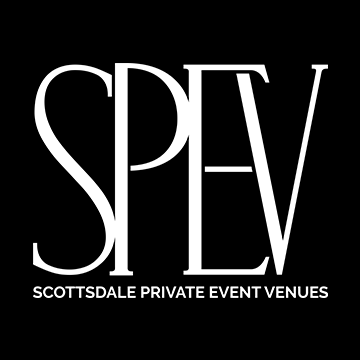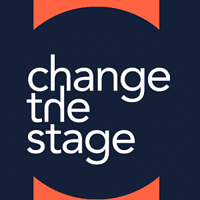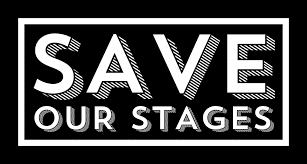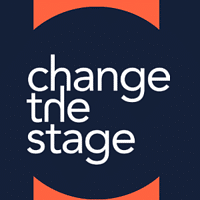Best Companies See More Value in Incentives
Research previewed at the IBC show found top performing firms see incentives more strategically
The fourth annual Incentive Buyers Conference (IBC) kicked off with a look at how much attention the best performing companies pay to their incentive, recognition, and reward programs.
Incentive’s hosted buyer show takes place July 10-12 at the Sonesta Fort Lauderdale Beach hotel in Florida.
Based on research to be published in August by the Incentive Research Foundation (IRF), the study — “10 Things Top Performing Businesses Do Differently in Recognition and Reward Programs” — showed quite clearly that the most successful firms view incentive programs as a strategic business advantage, not just as a sales tool.
“No one wants to be average,” said Melissa Van Dyke, president of the IRF. “That’s not a goal. Everyone wants their company to be a top performer.”
So the IRF set out to look at what top performing companies do differently when it comes to their sales, channel, and employee reward and recognition programs. Instead of using a pre-set list like the Fortune 500, the IRF surveyed 400 companies and found 177 that met its definition of top performers: at least 5 percent annual growth in either revenue or stock price as well as 90 percent customer and employee satisfaction scores.
What the study found, Van Dyke said, is that when it comes to non-cash reward and recognition programs. Top performing companies do a lot of things differently. Starting with how likely they are to use these incentive programs. And how important they feel those programs are to their success.
Top companies use non-cash rewards and recognition in 90 percent of their sales programs compared to 75 percent of average firms; 81 percent vs. 59 percent in channel sales; and 88 percent vs. 77 percent in employee loyalty and engagement programs. Beyond that, fully 93 percent of the top performing companies surveyed strongly believe that their non-cash reward and recognition programs are a strategic advantage. Compared to just 63 percent of average firms, she said.
That strategic viewpoint translates into how well organized those programs are, Van Dyke added. Highly successful companies are far more likely to have all of their programs organized under a single umbrella. 350 percent more likely when it comes to sales incentives and 250 percent more for employee recognition programs. On the other hand, they are substantially less likely to use service anniversary programs. With only 39 percent celebrating years of service, compared to 51 percent of average performing firms.
Another strategic difference is that the best companies are twice as likely to design their reward and recognition programs to have the broadest reach possible. With 56 percent aiming to include as many employees as possible rather than just focusing on top performers. “The top performing firms also single out top salespeople, channel partners, and employees,” she noted. “They just don’t do it exclusively.”




















